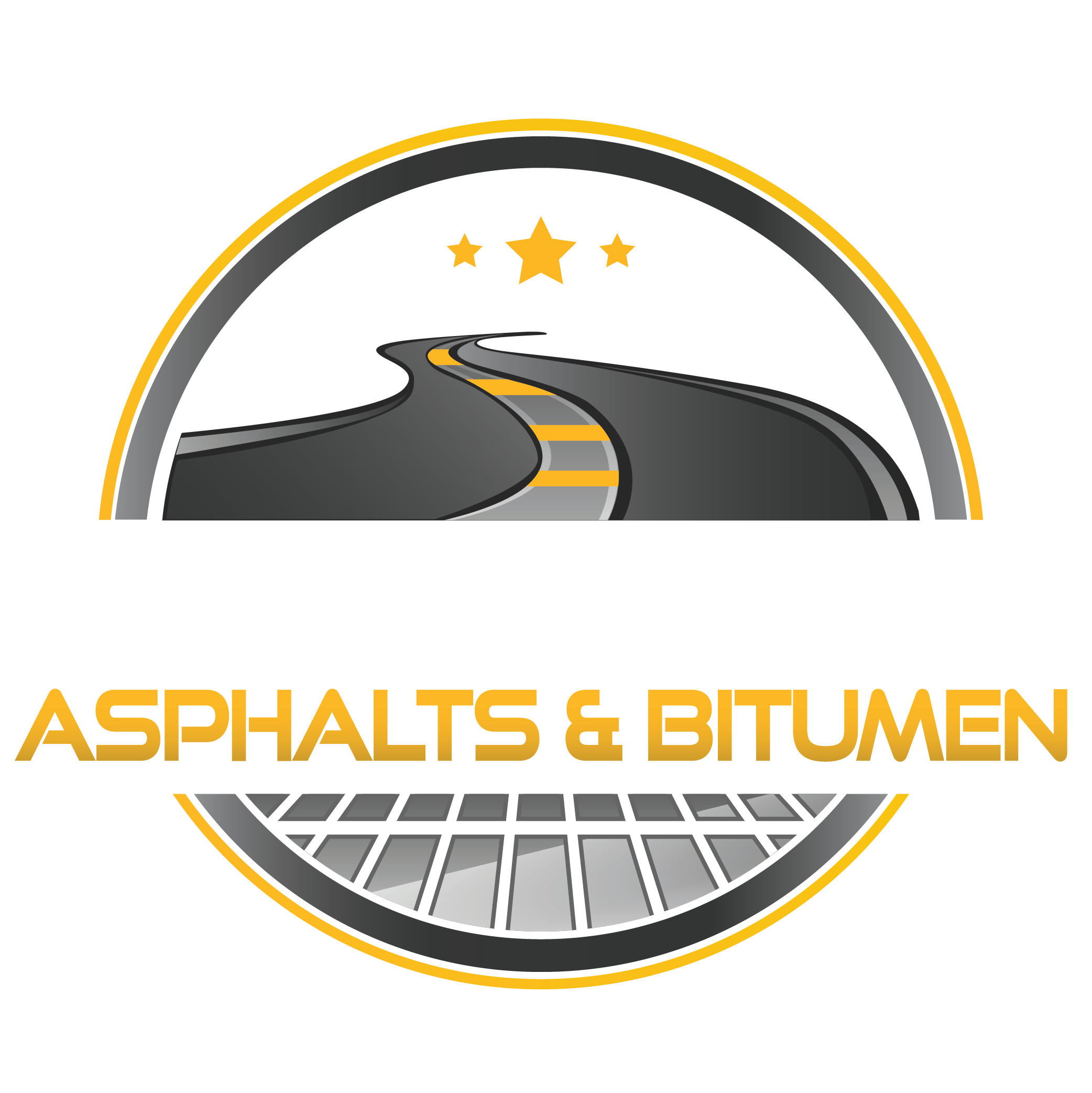Asphalt maintenance
An asphalt surface is a low-maintenance material, but to maximise longevity, it’s important to routinely sweep, remove stains, patch cracks and any damage to the surface.
In time, asphalt can eventually show signs of damage such as cracks. The main causes for cracking are water ingress damage, tree roots, fuel/oil spills, sub-grade movement (e.g., clay, rock, or unstable sand) and use by heavier vehicles/ traffic than the design intended.
As soon as possible after you notice signs of damage such as cracking or potholes. If damaged areas aren’t patched, they can deteriorate as water soaks in, and the base and underlying subgrade move underneath the surface.
The process for repairing asphalt varies depending on the extent and type of damage. Sometimes a simple patch is sufficient, but if you notice the damage persists, you may have a deep-rooted problem that requires resurfacing.
